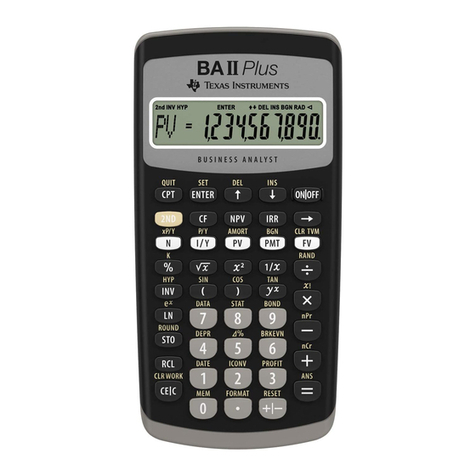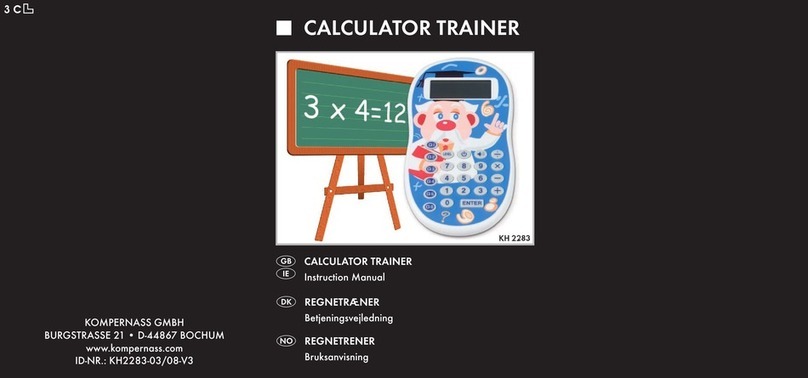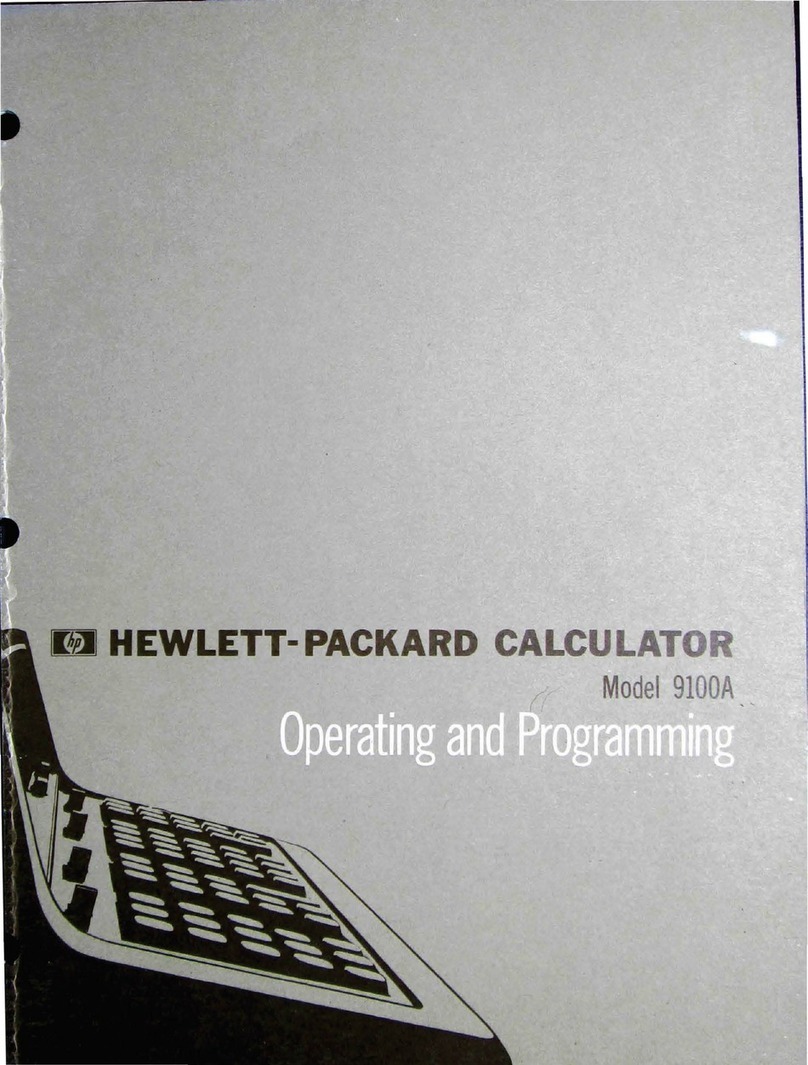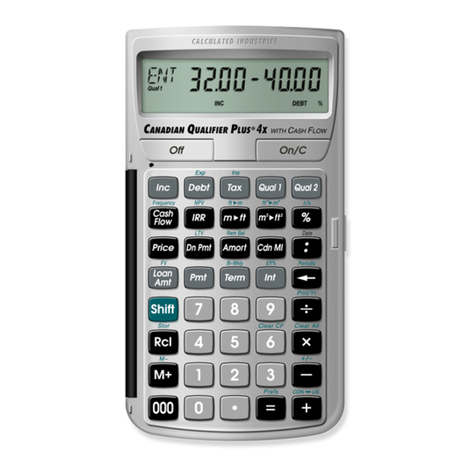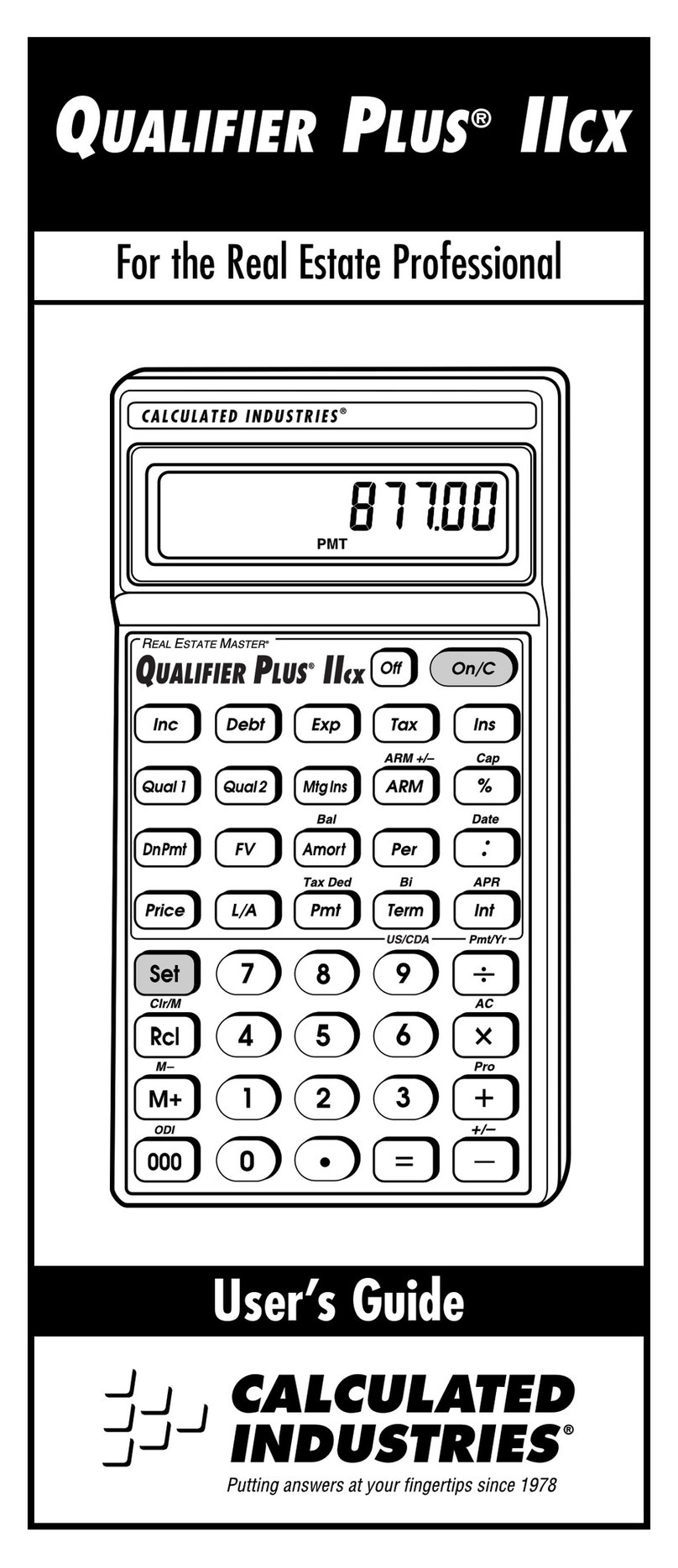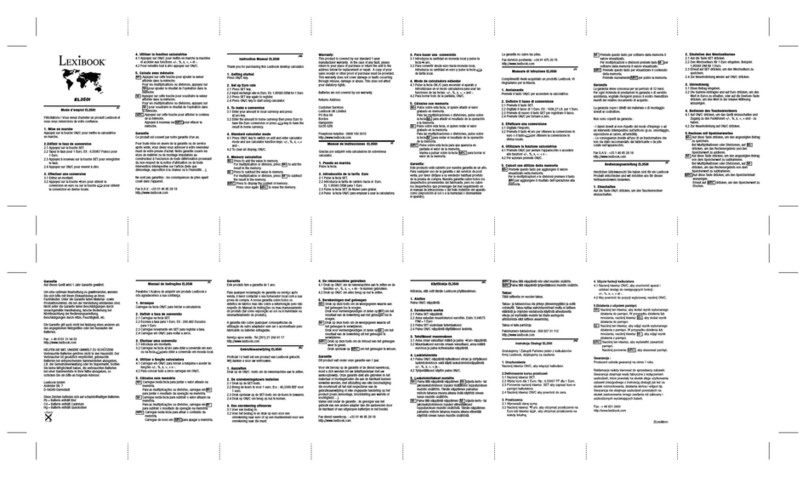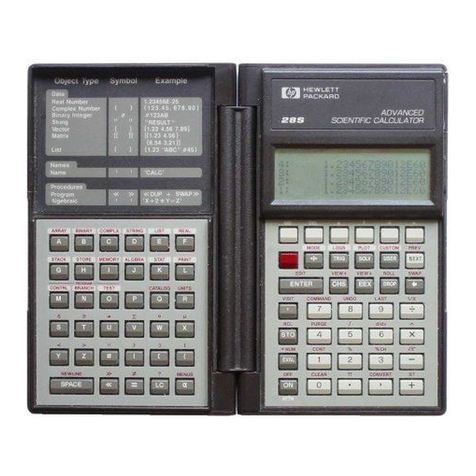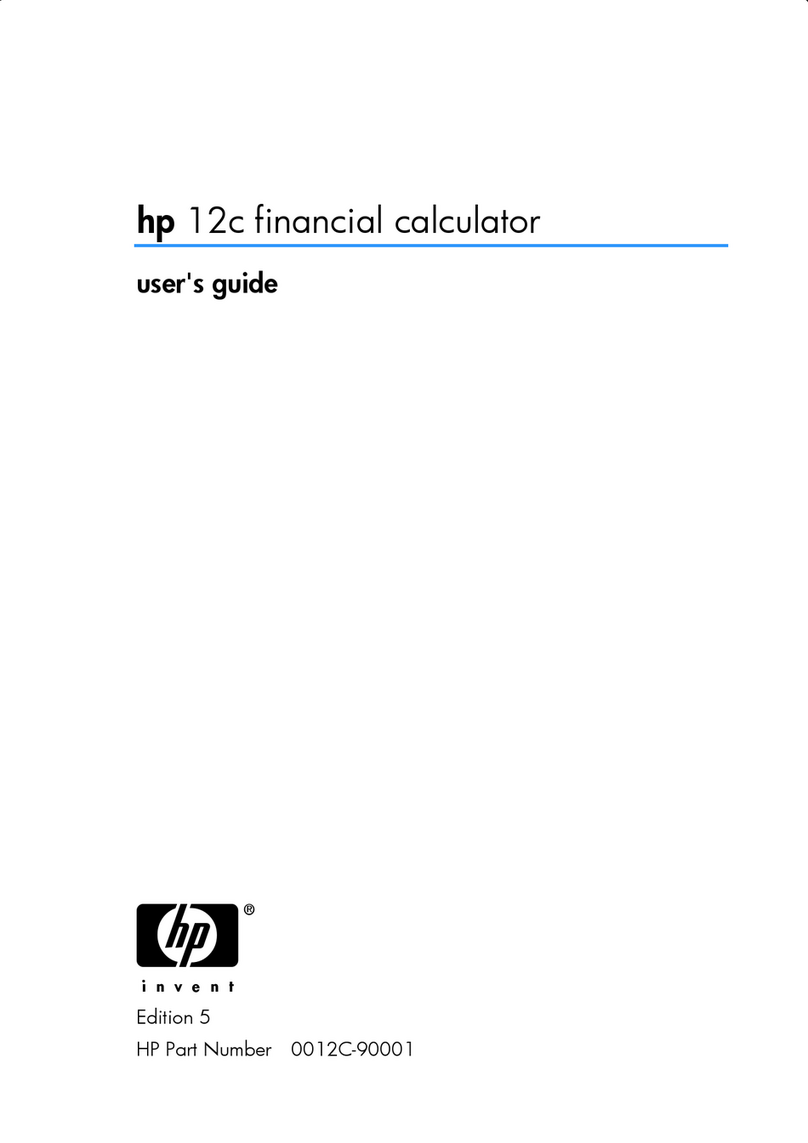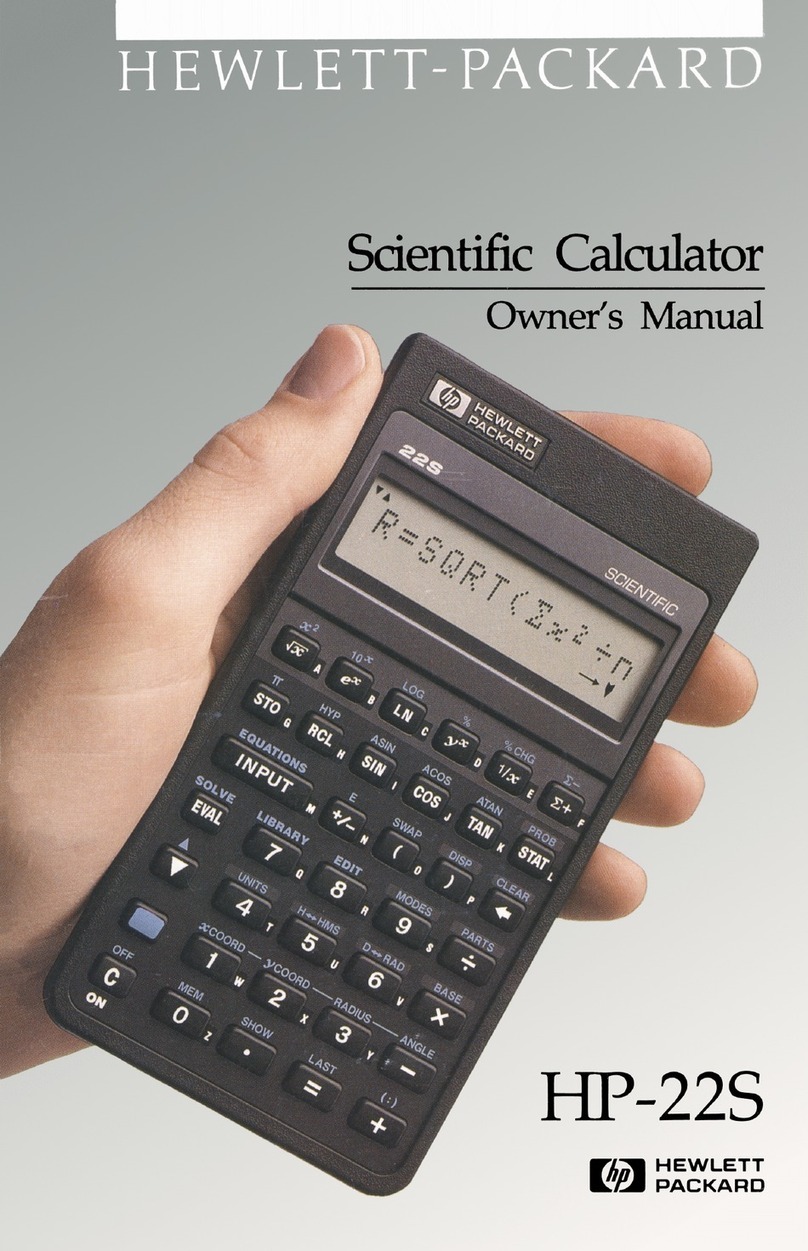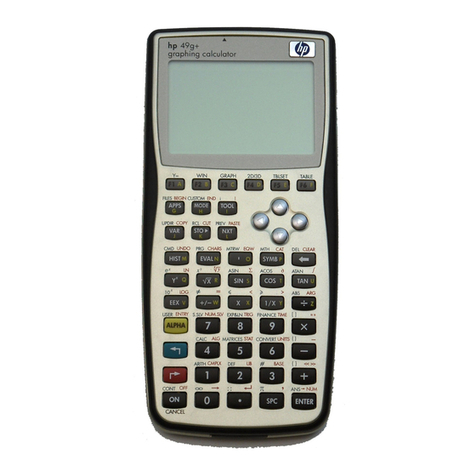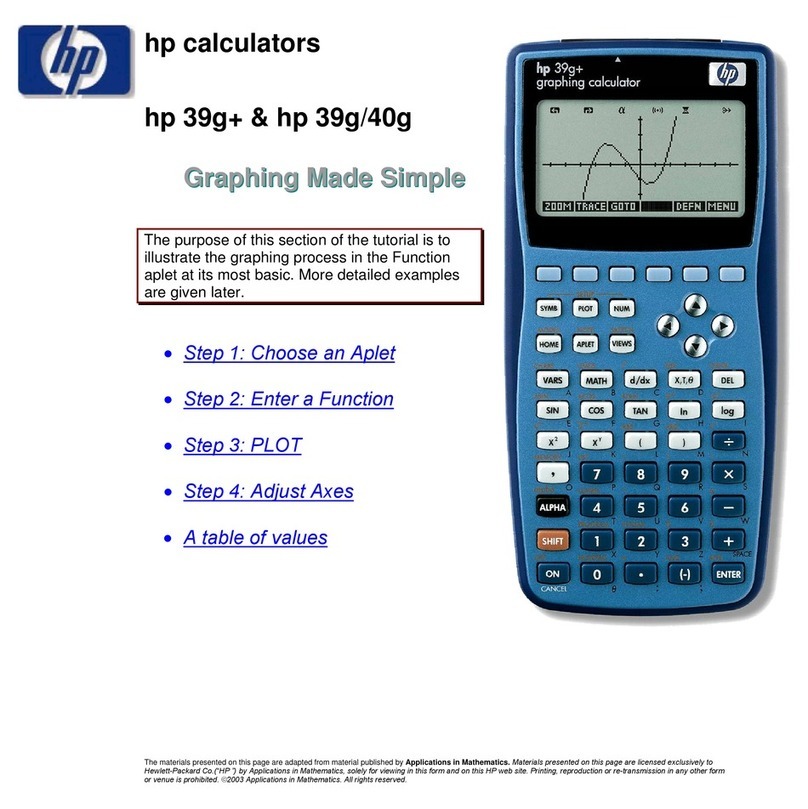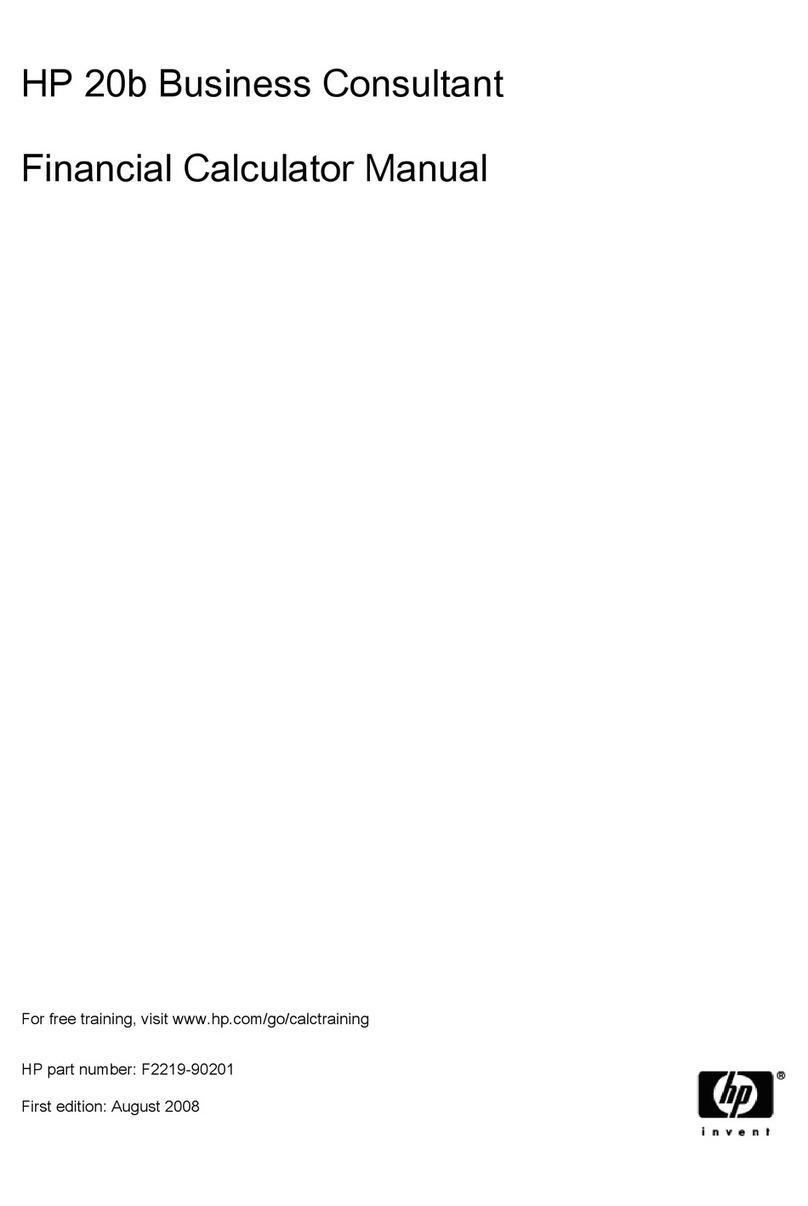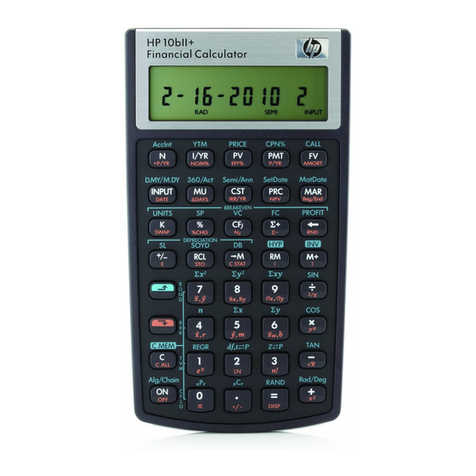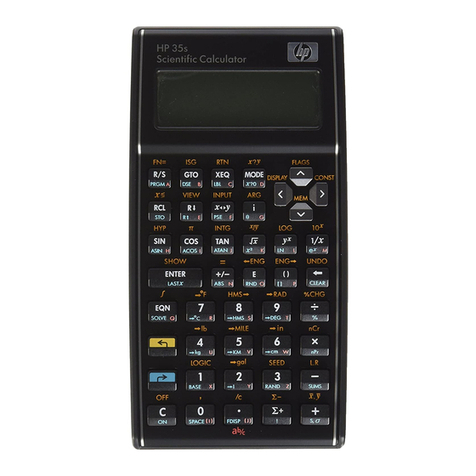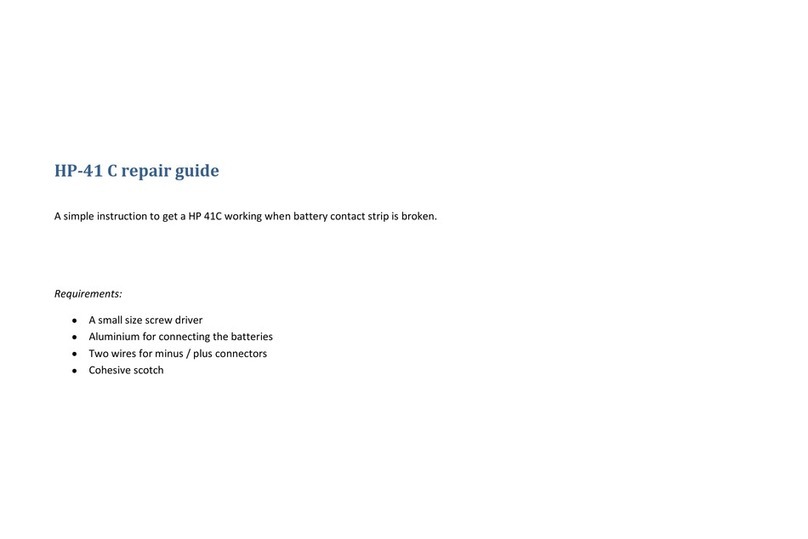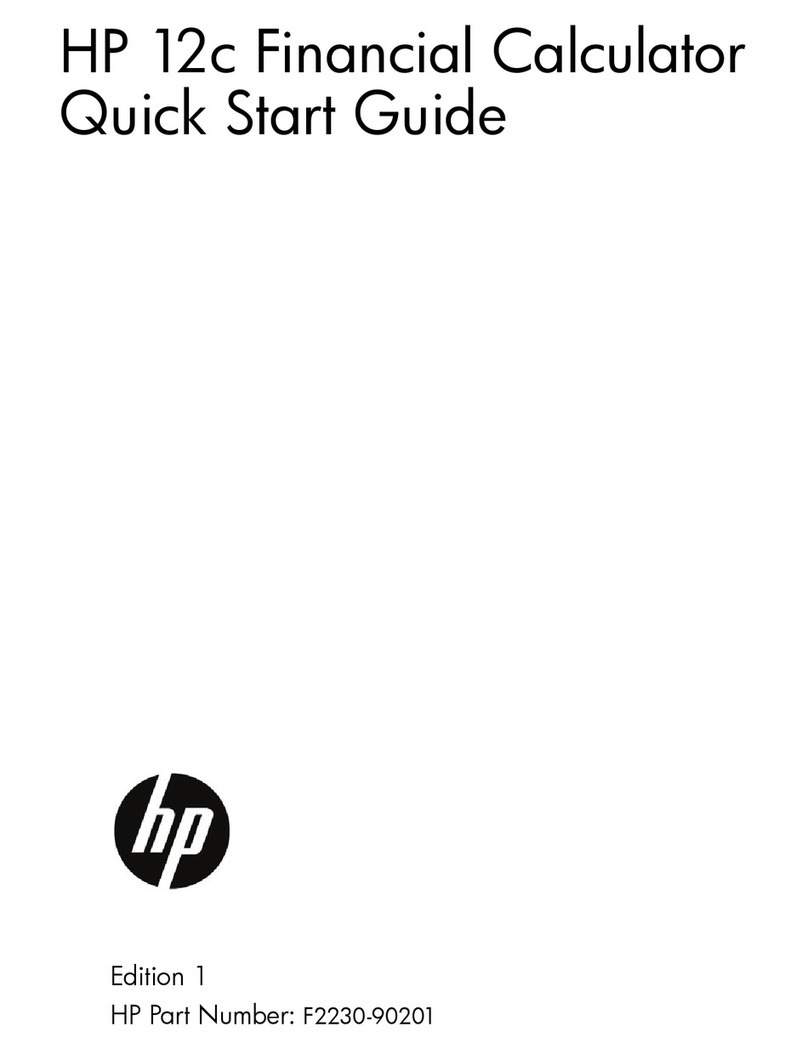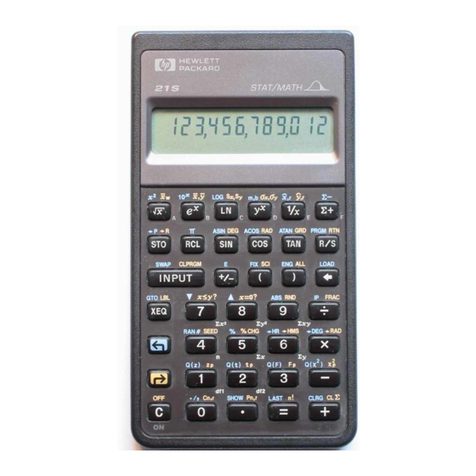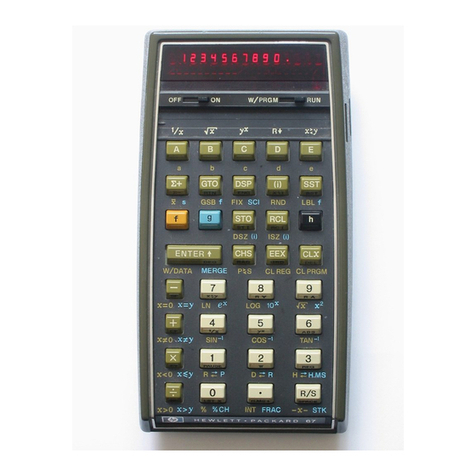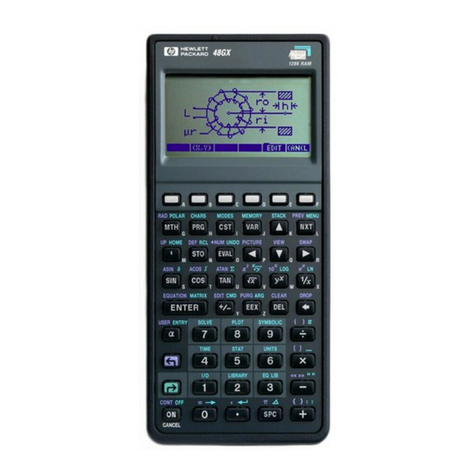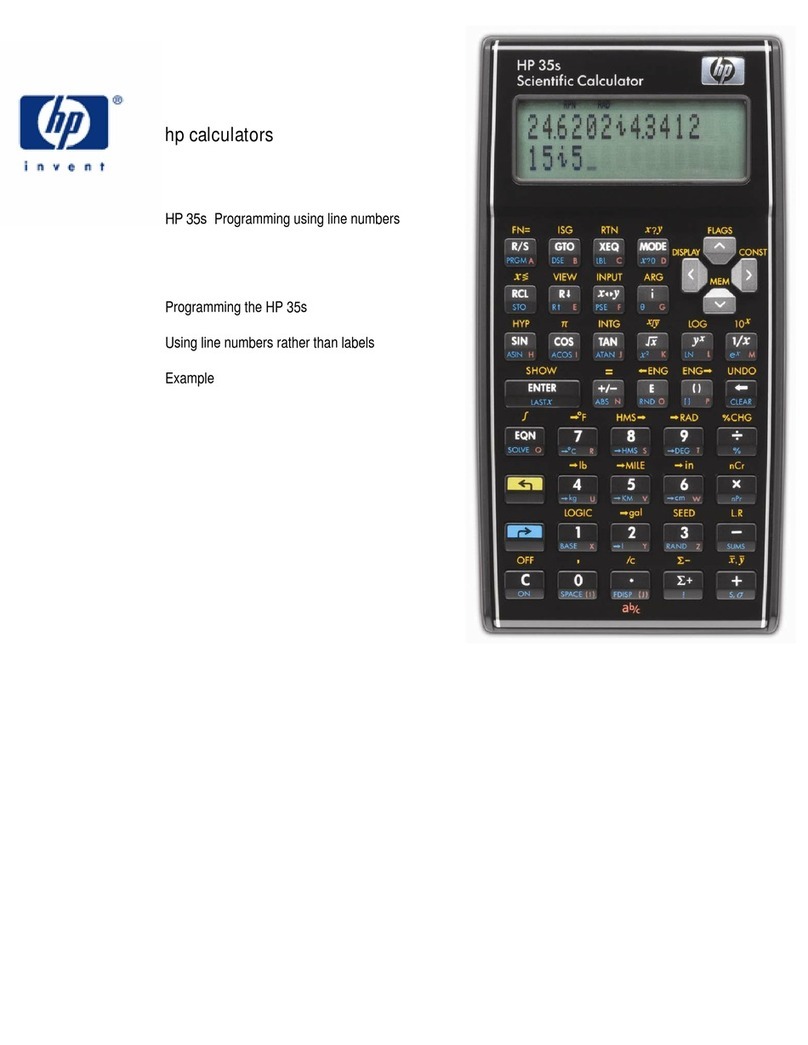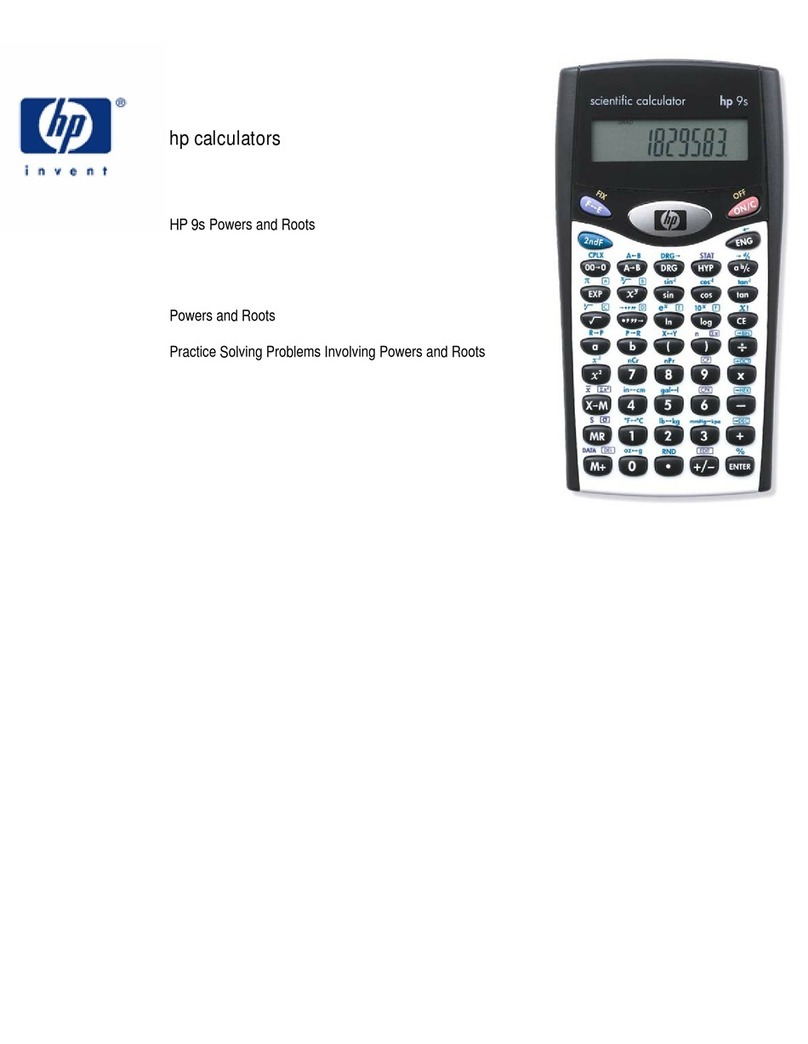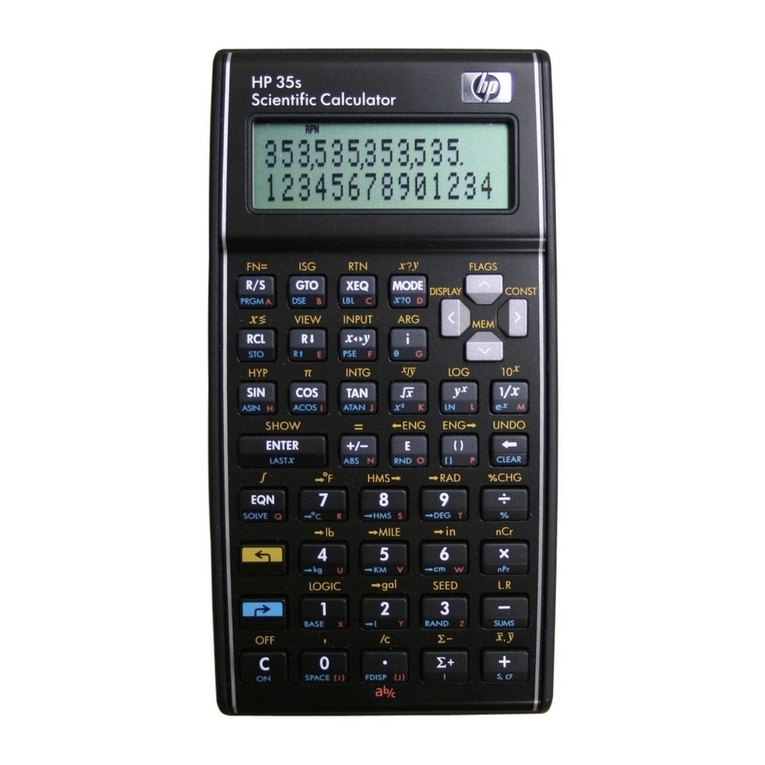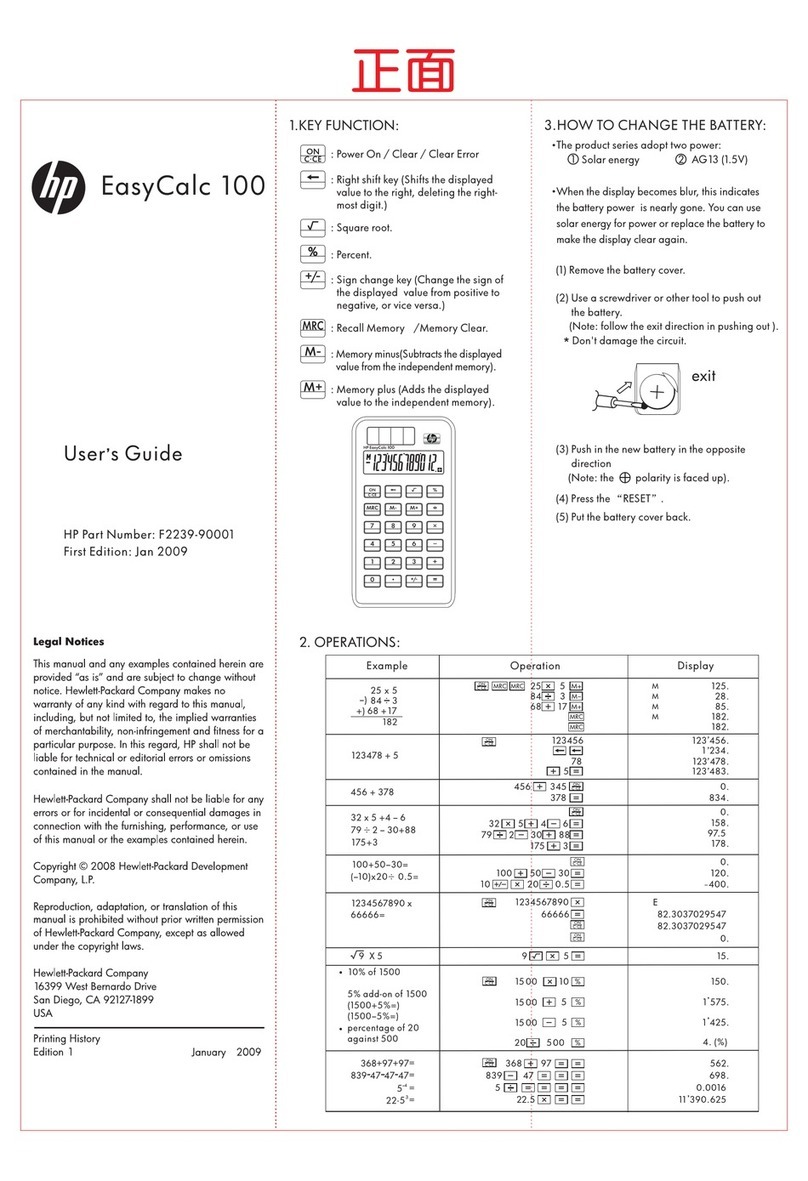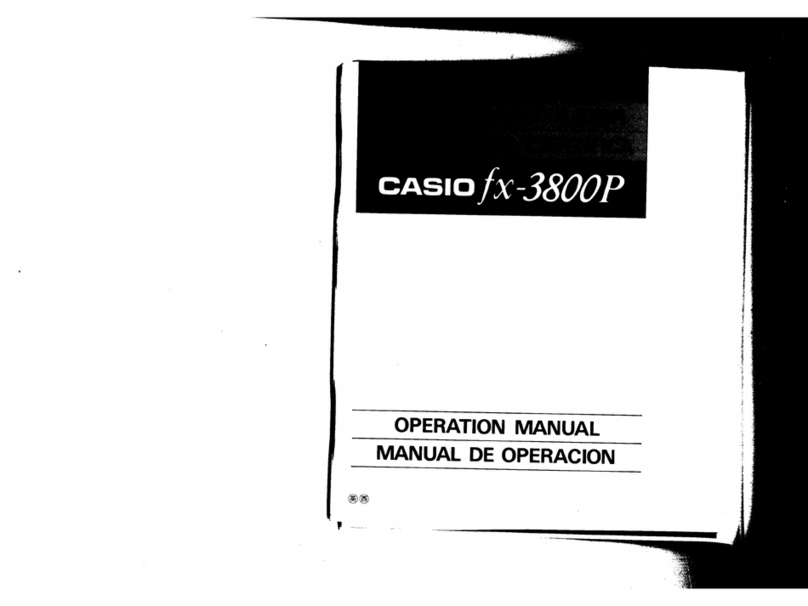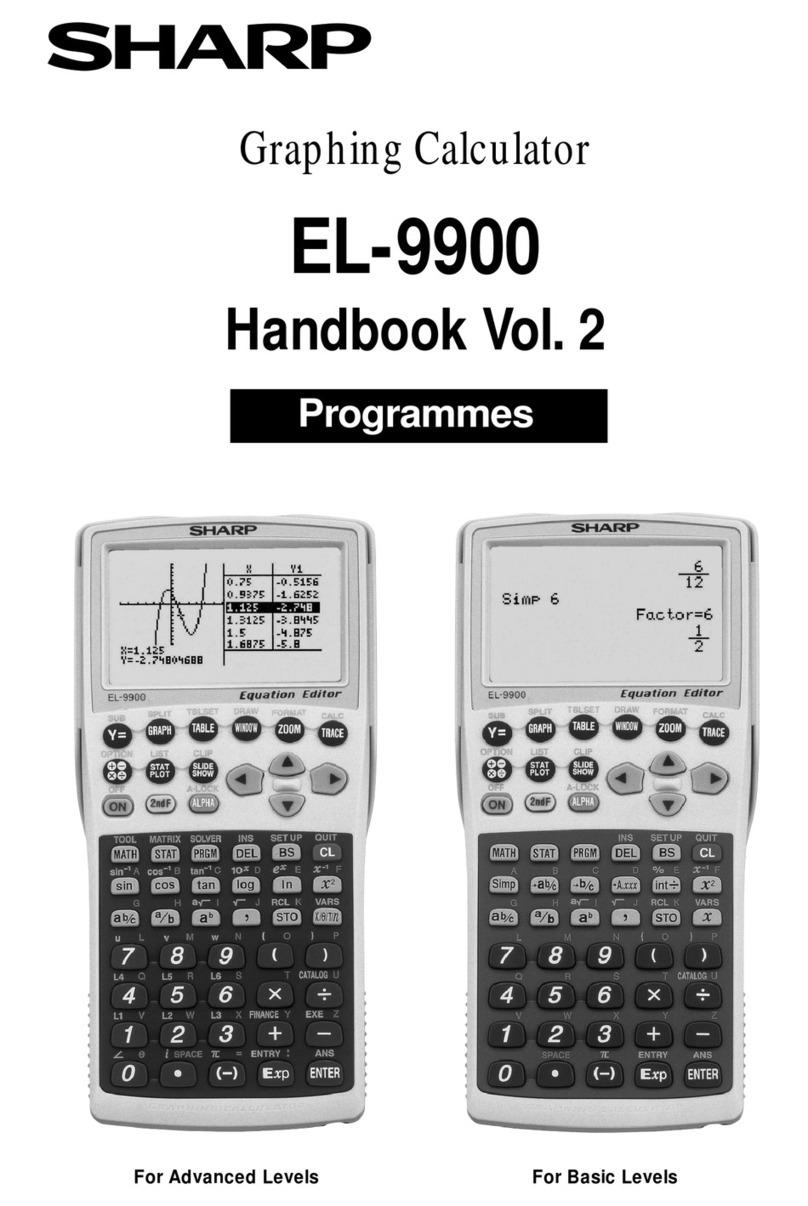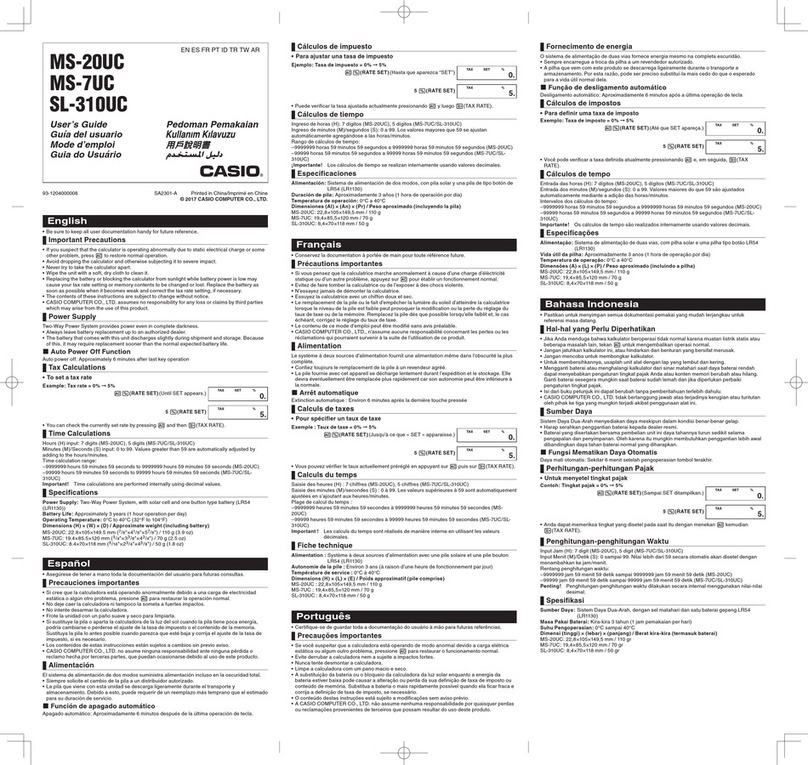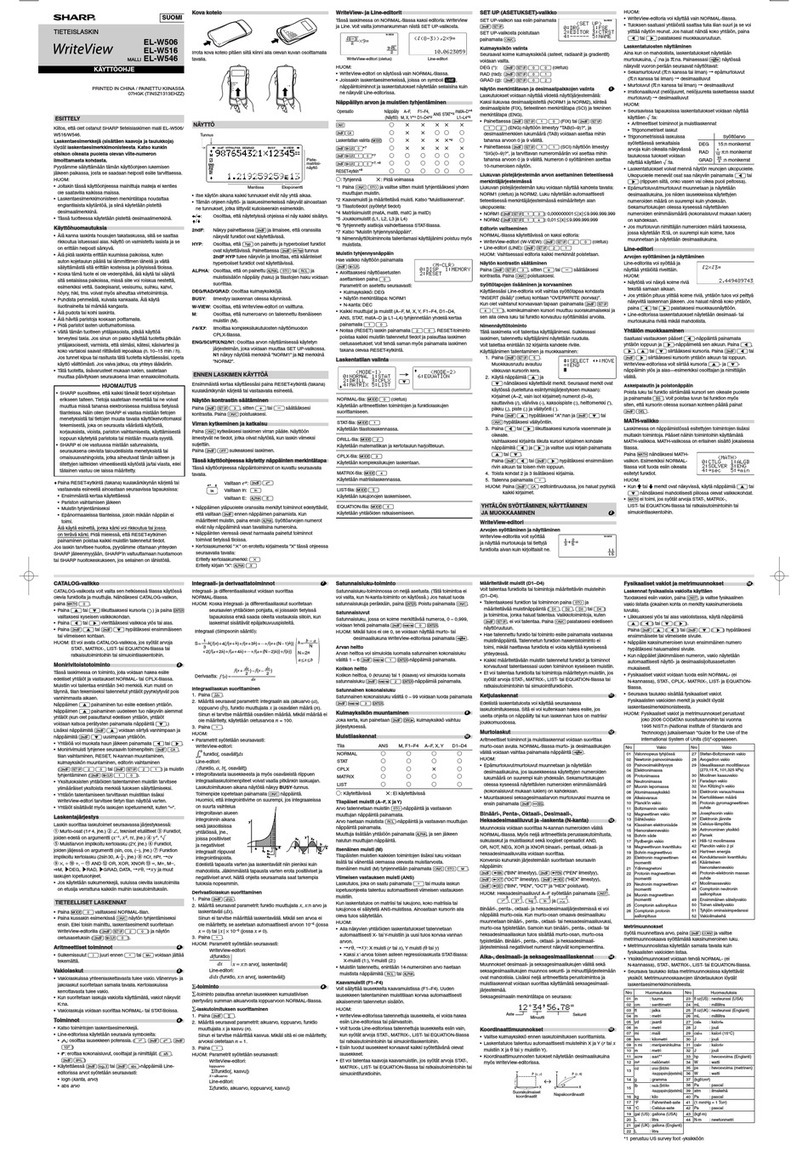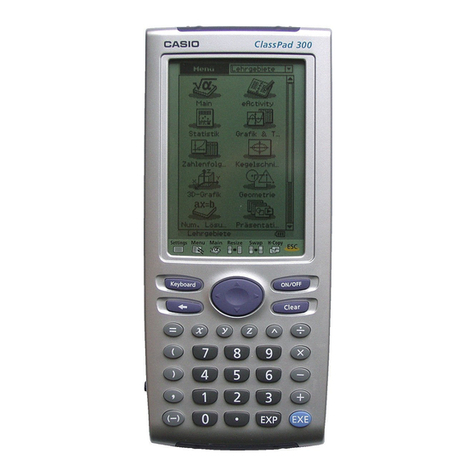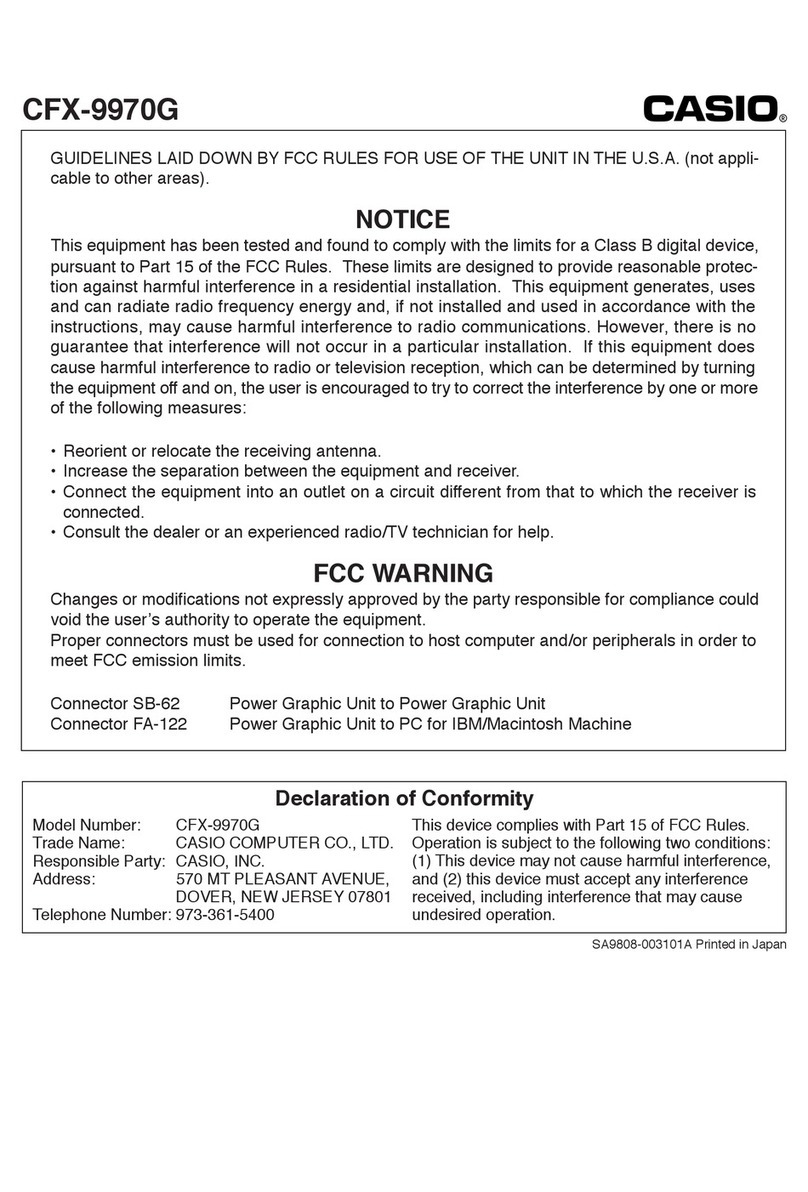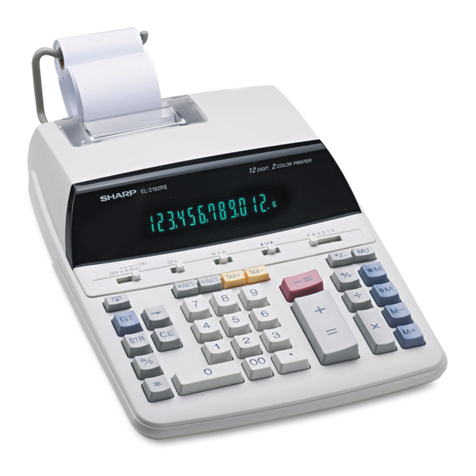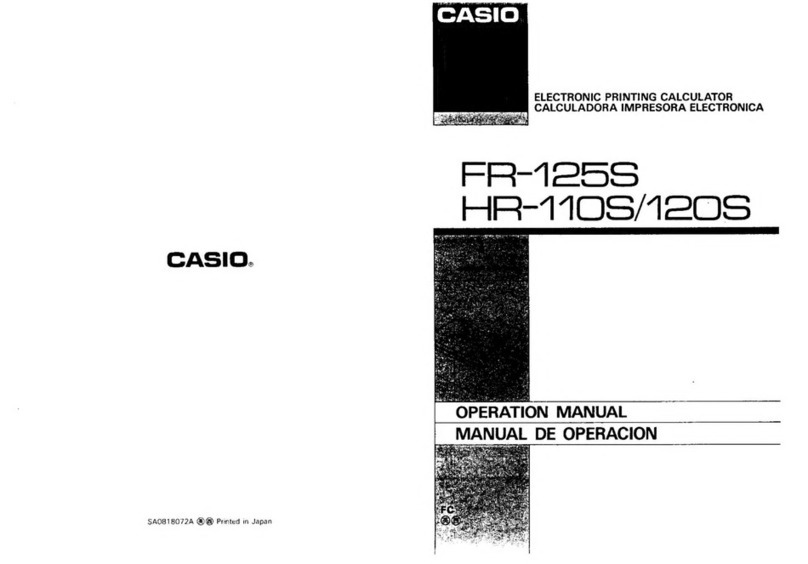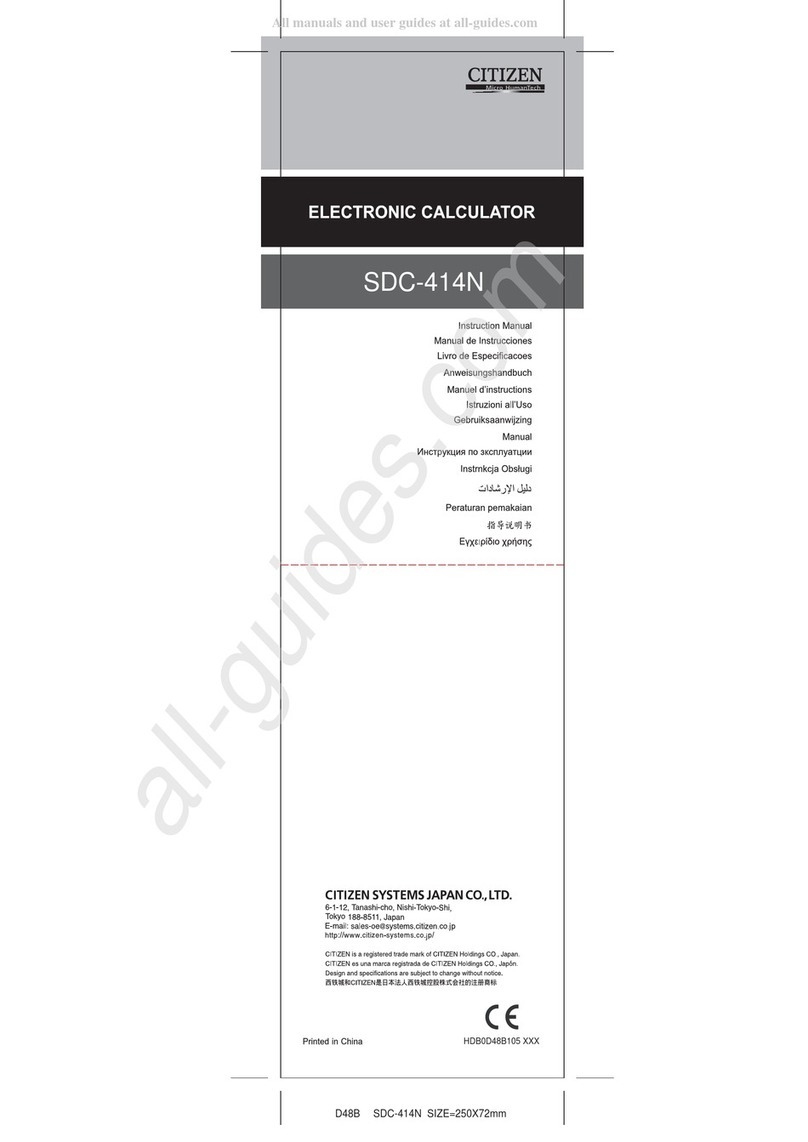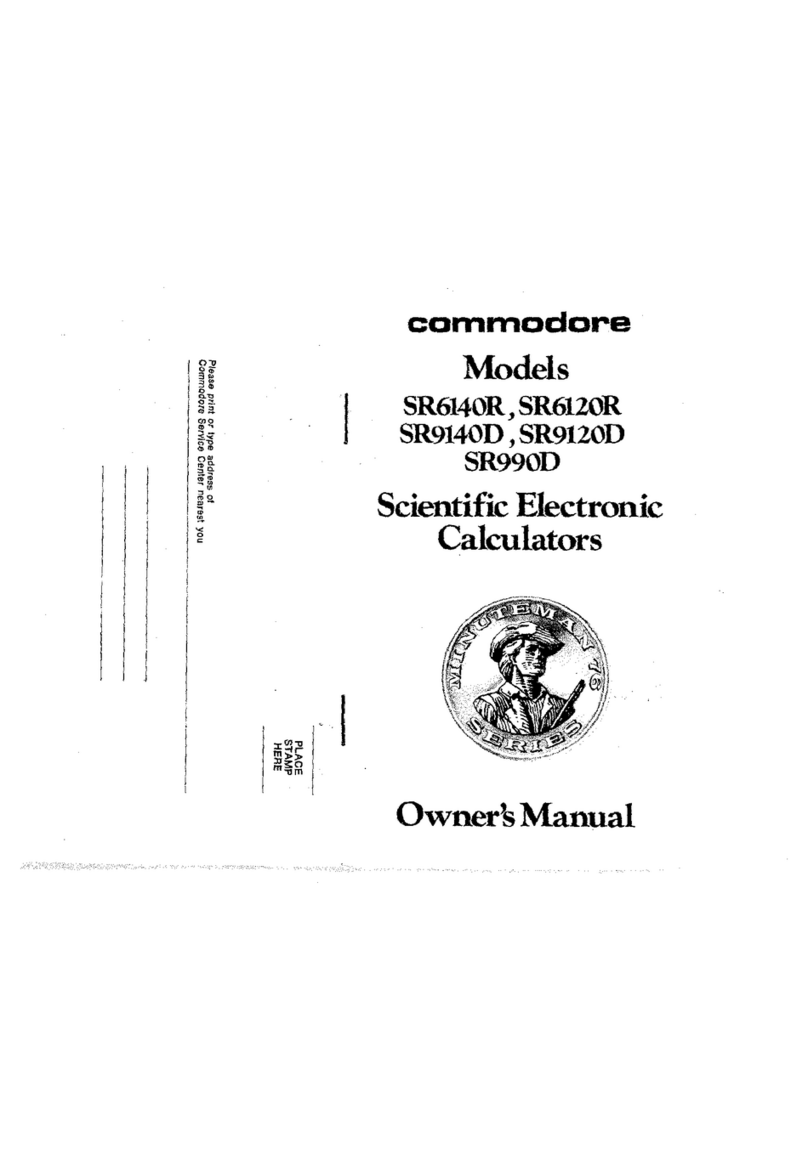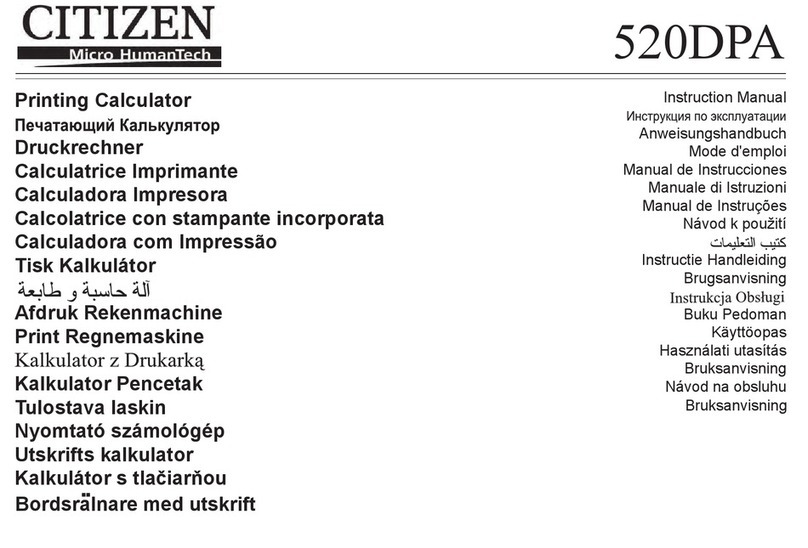
hp calculators
HP 12C Internal Rate of Return
hp calculators - 3 - HP 12C Internal Rate of Return - Version 1.0
The HP12C memory organization allows up to 20 different cash flow amounts plus the initial investment to be stored and
handled according to the diagram in Figure 2. If any cash flow amount repeats consecutively, then it can be stored as a
grouped cash flow CFjand its corresponding Njholds the number of occurrences, up to 99. TVM register nis used as an
index to control CF operations.
The keys to enter cash flow data are:
gJ - stores the number in the display in R0and sets nto zero
gK - adds 1 unit to current ncontents (j) and then stores the number in the display in Rj
ga - stores the number in the display(∗)in Nj; ncontents (j) are not changed
(∗) The number in the display must be a positive integer from 1 to 99, otherwise ga returns to the display and
no operation is performed.
If the last available register has already been used, gK adds 1 unit to current ncontents and stores the number in
the display in TVM register FV. Any attempt to add a cash flow amount with gK after FV has already been used
or when ncontents refer to a register that is not available causes to be shown in the display and no
operation is performed.
Practice solving IRR problems
Example 1: The cash flow diagram below represents a possible investment and you were chosen to determine if it is
feasible. The success of this investment dictates your future in the company, so the analysis must be
precise and error free. What is the correct keystroke sequence to fill the HP12C registers with all data?
Figure 4
Solution: Clearing all registers is not necessary to start cash flow analysis because only the registers updated with
cash flow data are used.
130000 Þ gJ
7000 gK
10000 Þ gK
Figure 5
$-130,000.00
CF0
$ 7,000.00
CF1
$-10,000.00
CF2
$ 20,000.00
CF3
3 consecutive occurrences
N3
$ 12,000.00
CF4
$-8,000.00
CF5
$ 178,500.00
CF6
